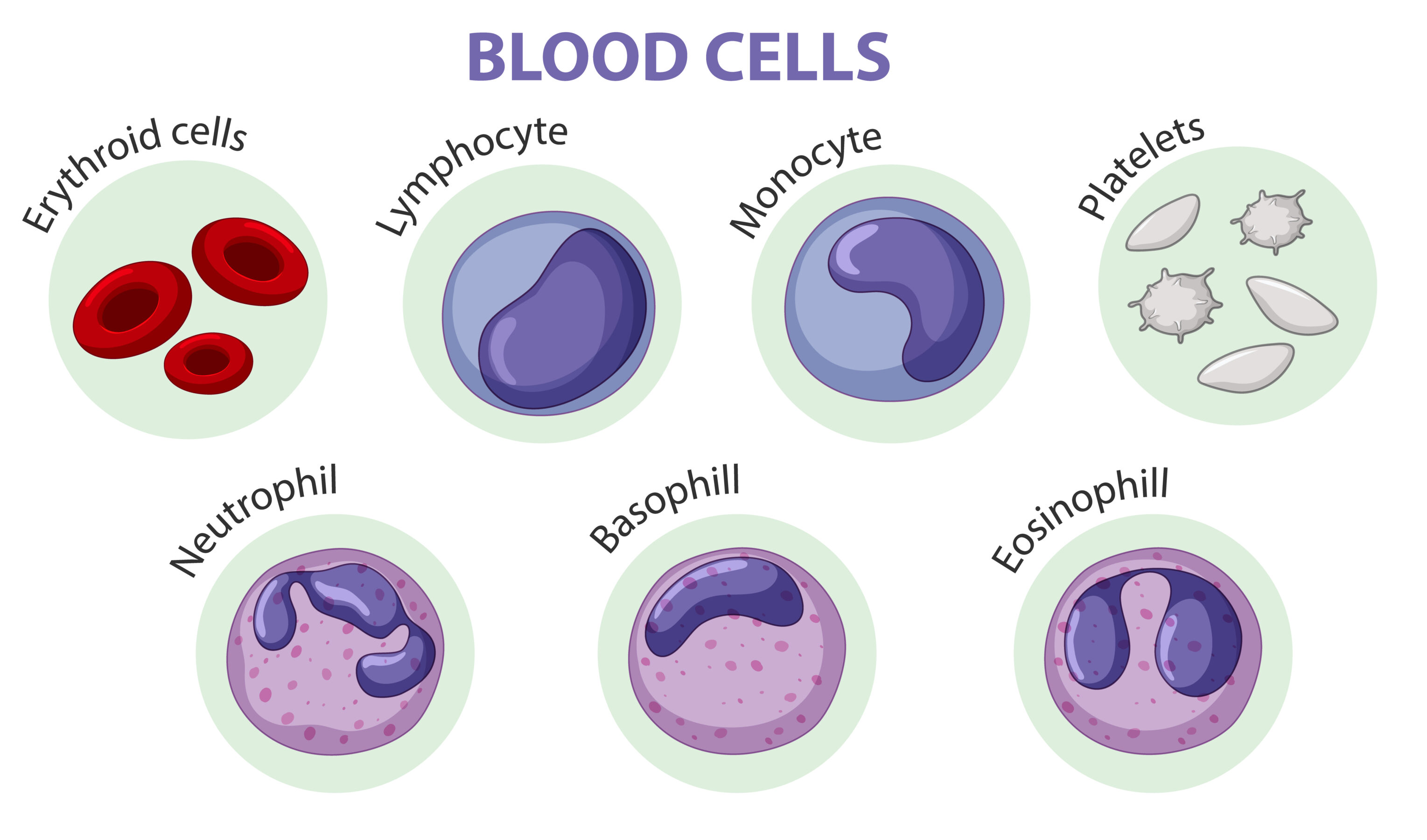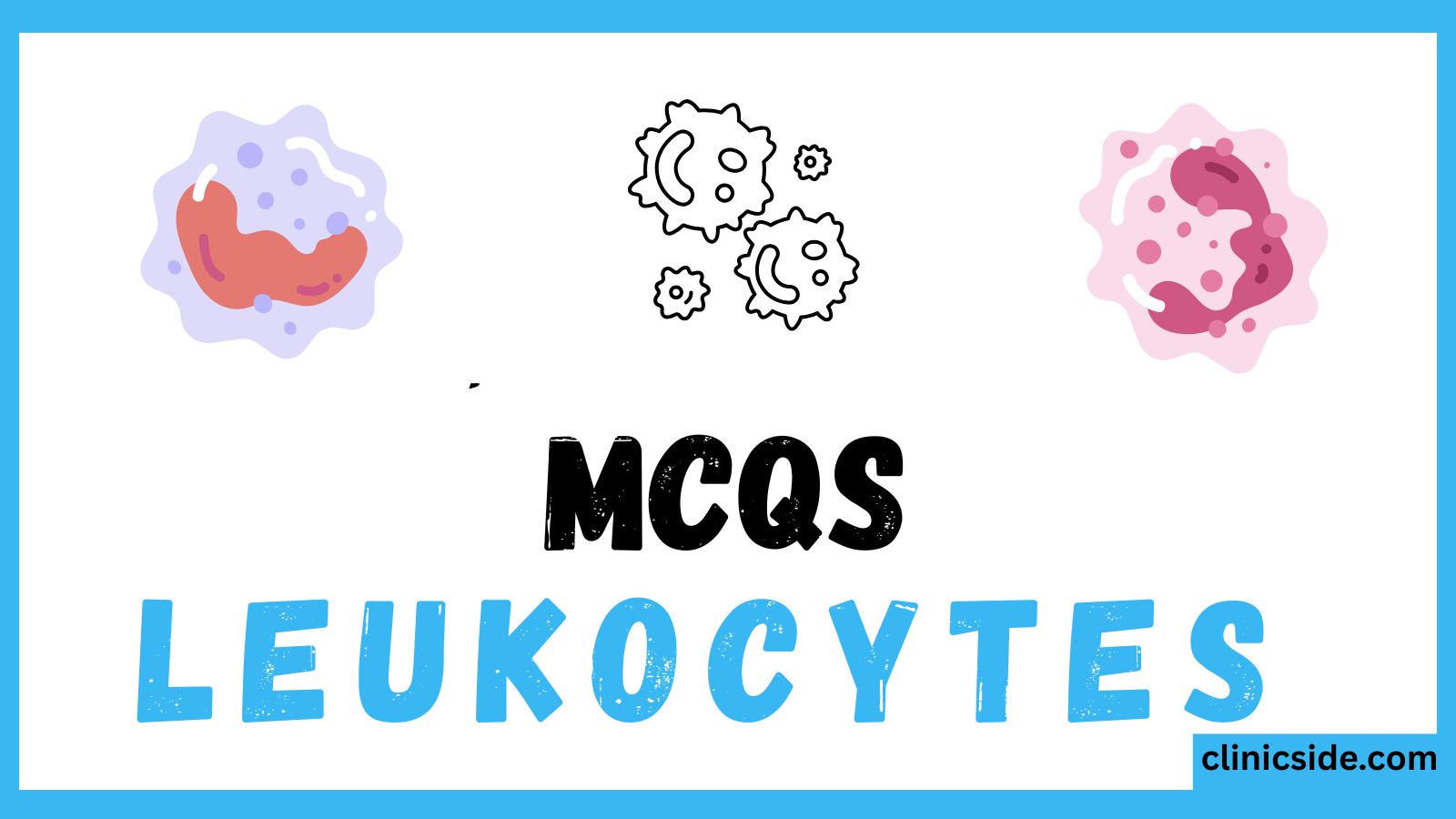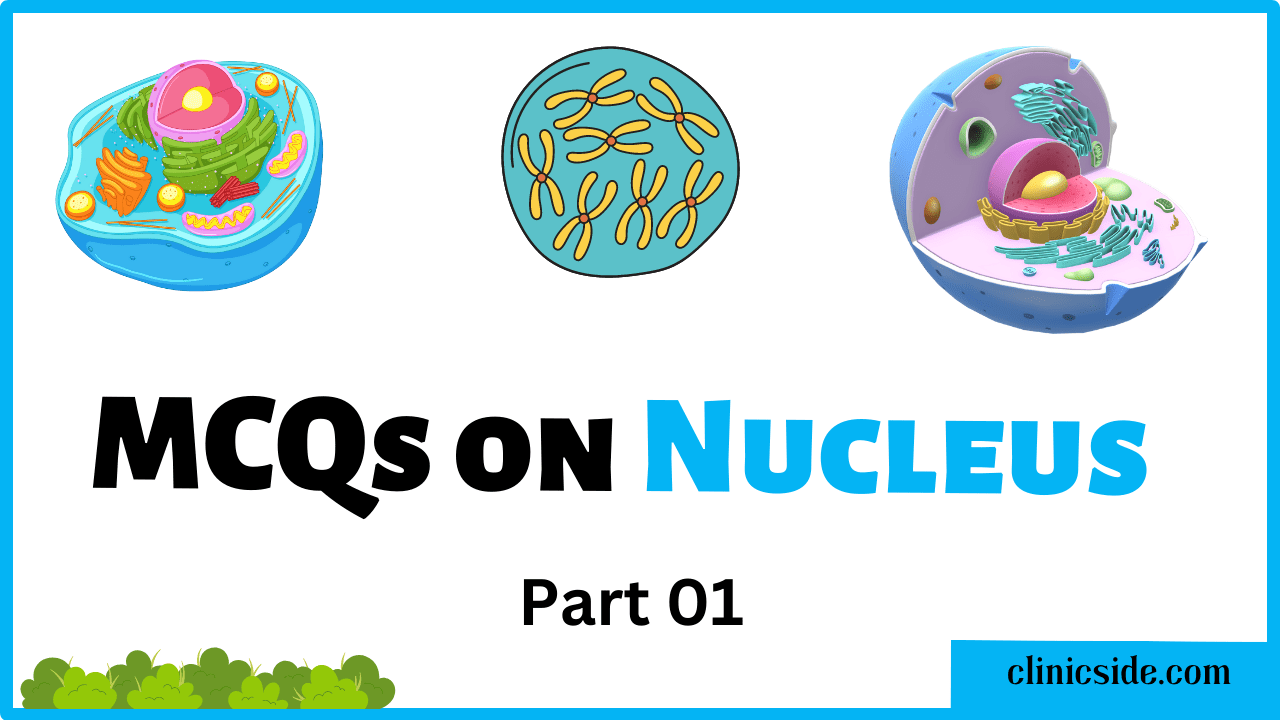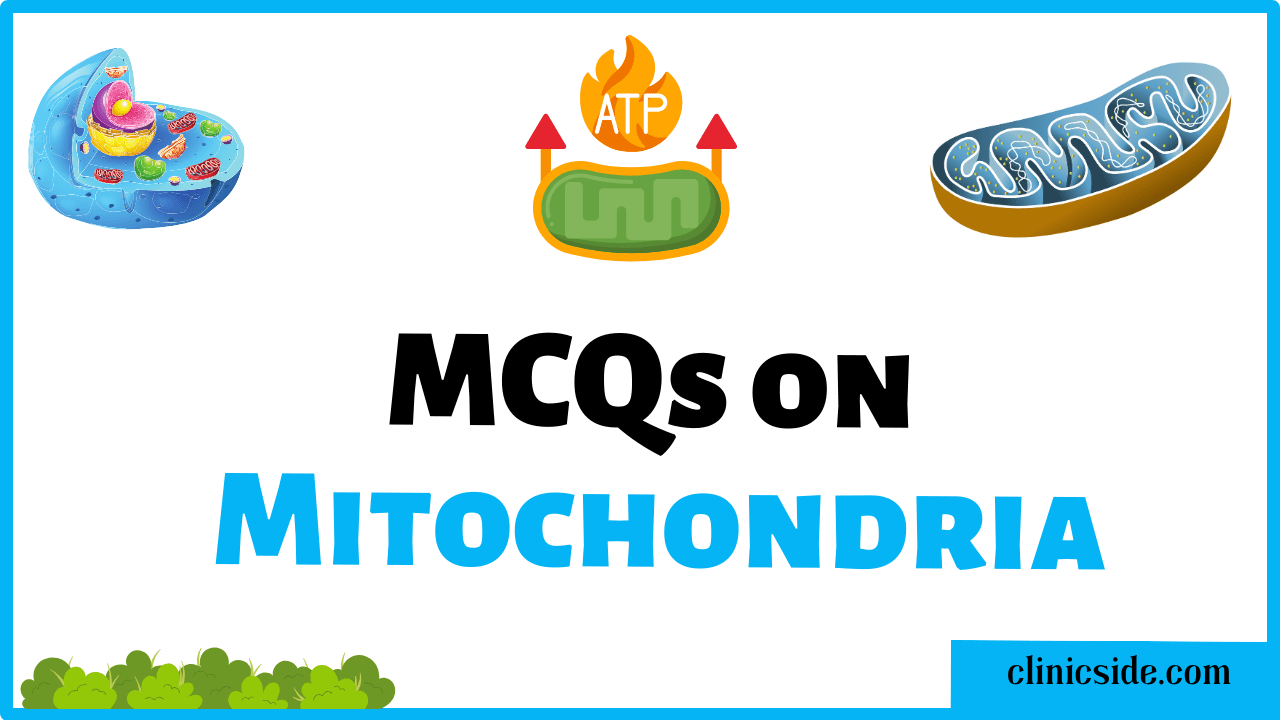Leukocytes are the body’s defense army, protecting us from harmful microorganisms and diseases. Understanding their types and functions is crucial for students of biology and medicine, as they form the basis of immunology and pathology. Maintaining a healthy immune system through proper nutrition, exercise, and hygiene helps leukocytes function effectively.
Quiz
Available options: 1 to 20
Leukocytes (White Blood Cells)
Leukocytes, commonly called white blood cells (WBCs), are an essential part of the immune system. They protect the body against pathogens such as bacteria, viruses, fungi, and parasites. Unlike red blood cells, leukocytes are nucleated and lack hemoglobin. They move freely through the blood and tissues to detect and fight infections.
In a healthy adult, leukocytes make up about 4,000–11,000 cells per microliter of blood. When the body is infected, their number can rise (a condition called leukocytosis) or fall in certain diseases (leukopenia).
Functions of White Blood Cells
Leukocytes play multiple roles in body defense, including:
- Phagocytosis – engulfing and digesting harmful microorganisms.
- Producing antibodies to neutralize toxins and antigens.
- Releasing chemicals that trigger inflammation and allergic responses.
- Destroying infected or abnormal body cells.

Classification of Leukocytes
Leukocytes are classified into two main categories based on the presence or absence of visible granules in their cytoplasm under a microscope:
1. Granulocytes
Granulocytes have granules in their cytoplasm and a lobed nucleus. They are short-lived and act as the first responders to infections. Granulocytes include:
a) Neutrophils
- Most abundant (50–70% of WBCs).
- Nucleus: Multi-lobed.
- Function: Engulf and destroy bacteria through phagocytosis.
- Stain: Neutral dyes.
- Importance: First line of defense in bacterial infections.
b) Eosinophils
- Make up about 2–4% of WBCs.
- Nucleus: Bi-lobed.
- Function: Fight parasitic infections and play a role in allergic reactions.
- Stain: Acidic dyes (eosin – pink/red granules).
- Importance: Active during asthma and allergic responses.
c) Basophils
- Rarest WBCs (<1%).
- Nucleus: Bi-lobed or irregular.
- Function: Release histamine and heparin during allergic reactions and inflammation.
- Stain: Basic dyes (blue-purple granules).
- Importance: Trigger allergic symptoms like swelling and redness.
2. Agranulocytes
Agranulocytes have no visible granules in their cytoplasm and usually have a large, single nucleus. They live longer and provide long-term immunity. Agranulocytes include:
a) Lymphocytes
- Make up 20–40% of WBCs.
- Types:
- B lymphocytes (B cells) – produce antibodies.
- T lymphocytes (T cells) – destroy virus-infected cells and control immune responses.
- Natural Killer (NK) cells – attack cancerous or infected cells without prior exposure.
- Importance: Key players in adaptive immunity.
b) Monocytes
- Largest WBCs (3–8%).
- Nucleus: Kidney-shaped.
- Function: Become macrophages in tissues and engulf pathogens, dead cells, and debris.
- Importance: Essential in chronic infections and tissue repair.
Table: Summary of Leukocyte Types
| Type | Category | Nucleus Shape | Function | % in Blood |
|---|---|---|---|---|
| Neutrophils | Granulocyte | Multi-lobed | Bacterial defense | 50–70% |
| Eosinophils | Granulocyte | Bi-lobed | Parasite defense, allergy | 2–4% |
| Basophils | Granulocyte | Irregular | Allergy, inflammation | <1% |
| Lymphocytes | Agranulocyte | Large, round | Immunity, antibody production | 20–40% |
| Monocytes | Agranulocyte | Kidney-shaped | Phagocytosis, tissue repair | 3–8% |
Disorders Related to Leukocytes
- Leukocytosis – high WBC count due to infections or inflammation.
- Leukopenia – low WBC count due to viral infections or bone marrow problems.
- Leukemia – cancer of WBC-producing tissues.
- Autoimmune disorders – overactive WBCs attacking body’s own cells.





